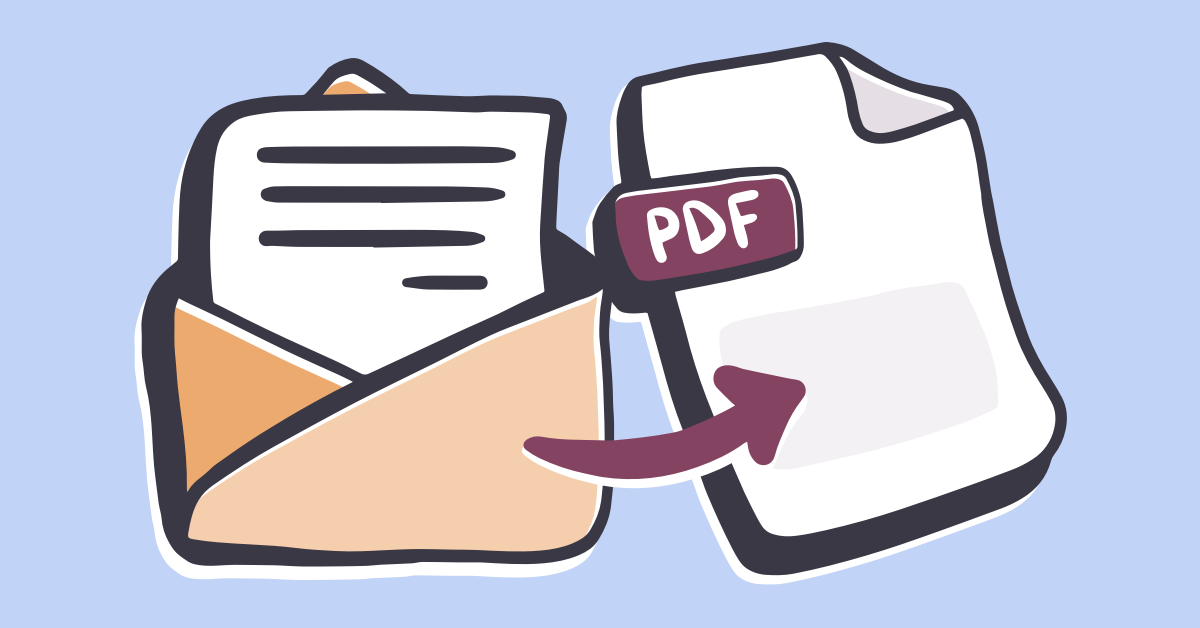In the digital age, email is an integral element of communication. Gmail stands out as one of the most popular platforms. However, managing and organizing email can be a problem. It’s convenient to to save and share emails in PDF format.
Why should you save Emails as PDF?
Before we move on to the details of how-tos, we should take a moment to understand the significance of saving emails as PDF. Portable Document Format (PDF) is a universal format that is compatible with a wide range of devices. You can create a PDF image of your email content which preserves all formatting including attachments, the overall structure and format. This is a fantastic way to save important information and make it simple to send out.

How do you save an entire email as a PDF file in Gmail
1. The email will be opened: Log in to your Gmail Account. Open the email you want to save as an PDF.
2. Click the Print icon. Locate the icon for printing (usually printing). Click on it to display the print dialog box.
3. Select “Save as PDF” as the destination.
4. Change Settings (Optional) Before saving, you can alter settings such as layout the size of your paper, as well as orientation according to your preferences.
5. Click “Save”. Click on the Save button to select the folder to save the email as a PDF.
Save Email as PDF Your Ultimate Guide to Seamless Conversion
We’ve gone over the essentials, but let’s look at some additional tips to help you get the most out of saving emails to PDF in Gmail. For more information, click Save Email to PDF
Make use of folders Create separate folders for each category, to maintain a systematized approach. For instance, folders could be made for emails related to work, personal correspondence, and specific projects. These folders can be saved as PDFs to make locating them more simple.
Gmail provides batch processing in case you want to print multiple emails. This can be extremely beneficial when you need to archive entire conversations or threads of project work.
Naming Conventions: Create a consistent naming convention for your PDF files that you have saved. Include information about the sender’s name, the topic or date, in order to locate particular documents.
Password Protection: To add security, think about password-protecting sensitive PDFs. It will ensure only those with authorization can access the information. This provides an additional layer of protection.
Cloud Storage Integration: Look into the possibility of connecting your Gmail account with cloud storage services. This way, you can directly save your emails as PDFs to various platforms, such as Google Drive, making them accessible from any location.
Conclusion
Conclusion: The ability to export emails in Gmail as PDF enhances ability to manage and organize emails. Converting emails in PDF is a flexible solution for archiving important communications, establishing libraries of reference data and sharing data with colleagues.
It is important to remember that mastering the process of PDF conversion will improve your workflow and help you to be more efficient. Make use of the PDF format to easily preserve your emails, share them with others and refer back to your email messages when you are navigating the vast world of email correspondence. Embrace the convenience of saving emails in PDF, and unlock the potential for greater efficiency in your Gmail experience.